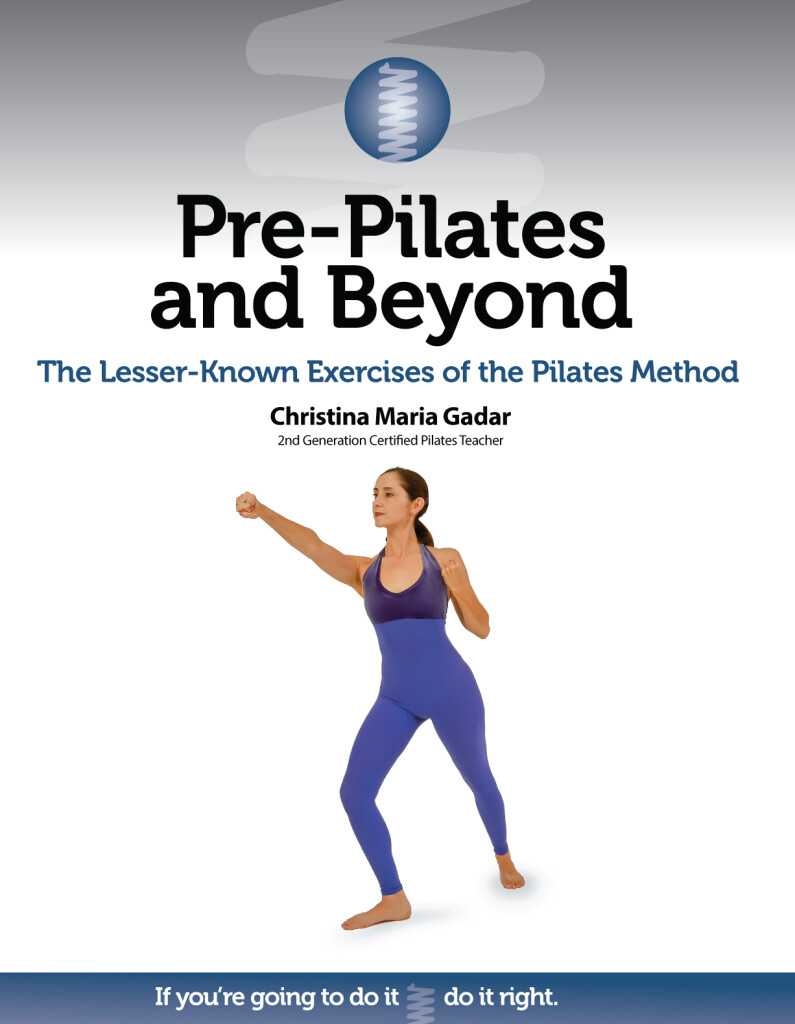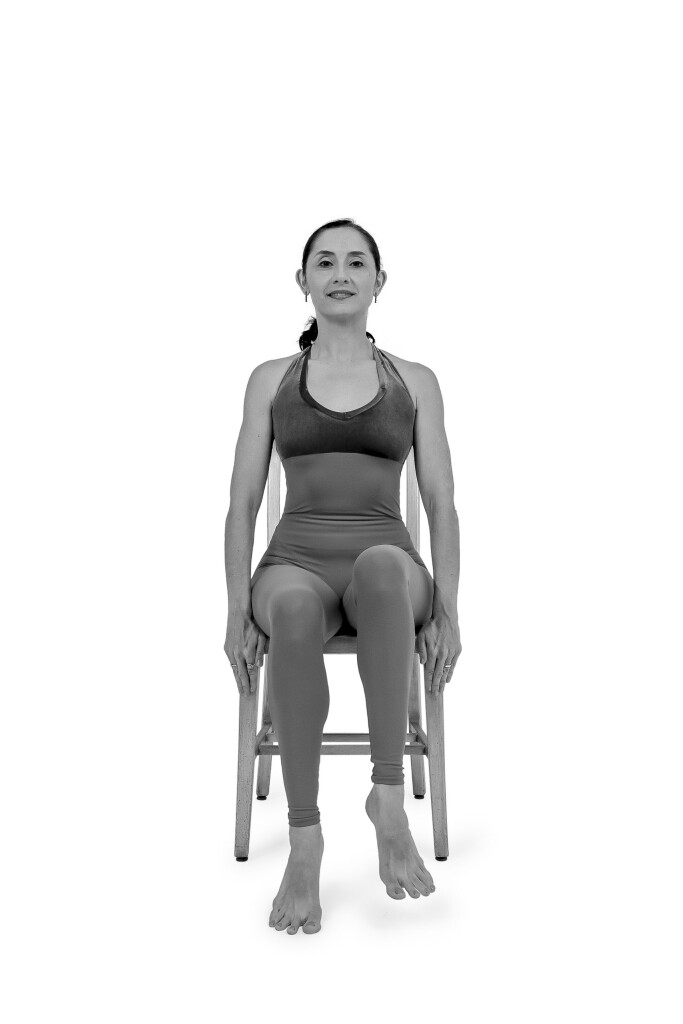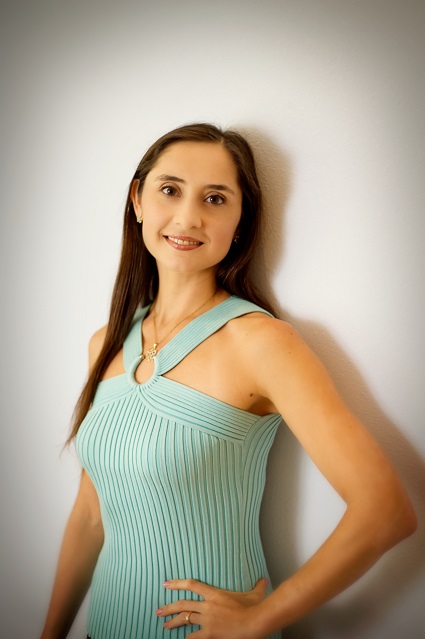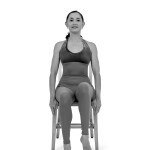Issue #312 – Wednesday, September 23, 2020
Pre-Pilates and Beyond
by Christina Maria Gadar
“I give people homework, like exercises to do in bed before you even put your feet on the floor in the morning. We don’t pop ‘em into a class and command them to do a hundred sit-ups!”
Romana Kryzanowska in an interview with TIME.
Even among Pilates professionals, the exercises in my latest book, Pre-Pilates and Beyond: The Lesser-Known Exercises of the Pilates Method, are a bit unfamiliar and the umbrella terms used to describe them can be confusing. Part of the confusion about the name comes from the fact that these exercises have many applications. When I started my Pilates apprenticeship, many of them were introduced as “Exercises for Injuries” because they are often given to students who need to work with specific parts of the body that are weak, tight, and/or recovering from injury. Later in my apprenticeship, I discovered that these exercises also give teachers a safe way to assess the strength and mobility of a new student who might not be ready to go into the traditional Pilates routine on the Reformer and Mat. That was when I heard them called “Pre-Pilates.”
I learned the vast majority of these exercises directly from Romana. But she didn’t categorize them with a blanket term. She referred to some of them as “Wake-Up Exercises” because they are gentle enough to perform in the morning: exercises for the eyes, nose, ears, jaw, neck, and arms. Romana referred to other exercises as “TV Exercises” because they were simple enough to do at home while sitting in front of the television. Romana also taught “Exercises for Businessmen,” so that her students who spent a lot of time on the road could stay strong and limber while away from the studio. Using just a towel, these students learned to stretch and strengthen their muscles while standing in a relatively small amount of space, the equivalent of a small hotel bathroom.

Available on Amazon!
To add to the confusion, Romana often said that there is no such thing as “Pre-Pilates.” Bob Liekens told me that Romana disliked the term “Pre-Pilates” because she felt that the exercises did not represent Joe’s original work. They may have originated with another former student of Joe Pilates, Eve Gentry. According to Bob, Romana felt that the Method as Joe taught it was enough on its own, and that these exercises were to be regarded as homework. Romana wanted her students to move in the studio, and many of these lesser-known exercises are static in comparison to the traditional Pilates exercises as Joe and Romana taught them. Other master Pilates teachers, also trained by Romana, believe that calling these exercises “Pre-Pilates” does not give them the recognition they deserve. Though they focus on single body parts, these exercises retain the integrity of the Pilates philosophy because the movement still initiates from the powerhouse.
For simplicity, I have decided to use the term “Pre-Pilates” in my book, because it is the name most commonly given to this group of exercises. While the name we give these exercises can be debated, the fact remains that Romana saw the value of giving these exercises to many of her students. Pre-Pilates exercises provide teachers with a wealth of information about students and are appropriate for students to perform on their own as homework. There is a Pre-Pilates exercise for almost every body part, from the toes all the way up to the scalp. Pre-Pilates exercises have value because we use them to recover from injuries and to prevent future injuries.
I sincerely believe that movement, and Pilates in particular, has curative powers. To stay healthy, you have to stay active, but at times, you have to let go of your ego and modify or even discontinue some of the activities that once came easily to you. One of the beautiful qualities of the Pilates Method is that it can be adjusted to fit your current situation, regardless of your experience, age, or health. A Pre-Pilates exercise aimed at improving the circulation in your feet can be just as exhilarating as a Standing Pilates exercise in which you skip across the room like a child. Pilates has been described as poetry in motion, and there is definitely an artistic component in doing the work, but beyond that, it is designed to help you enjoy your day-to-day life.
I discovered my love for the Pilates exercises in this book when I was writing Pilates for Children: Making Pilates Safe and Fun for Kids. In addition to teaching children exercises on the Pilates equipment, I wanted to offer options for teaching children in settings outside the studio, where Pilates equipment is not available. As I wrote about Pre-Pilates, Towel Exercises, and Standing Pilates, I began to incorporate these lesser-known movements into the lesson plans of my adult students. The response was very positive. Not only did they love these more obscure Pilates exercises, but they wanted to practice them on their own at home as well. I wrote Pre-Pilates and Beyond: The Lesser-Known Exercises of the Pilates Method for those who want a reference to these valuable exercises which, combined with the Matwork and the apparatus-work, make up the full spectrum of the Pilates Method.
Featured Pre-Pilates Exercise: TOE TAPPING
Getting Started:
Sit near the edge of a chair with your feet on the floor and your arms extended down toward the floor. With your bellybutton pulling in and up, raise your heels off the floor and alternately tap the balls of your feet on the floor up to 30 times without leaning back. To finish, stretch your legs out in front of you. You will feel a tingling sensation in your feet.

Why It’s Beneficial:
Toe Tapping improves the circulation in the feet. Because Toe Tapping is particularly good for the nerves in the feet, it is a wonderful exercise for people with neuropathy. Toe Tapping is also an excellent exercise for working the powerhouse muscles.
Eventually
For an extra stretch in the feet, and for strengthening the wrists, you can put your hands on the front edge of your chair and lift your seat as you shift your weight onto the balls of your feet. Hold up to three seconds and release. Perform 1-3 times.
 ined and certified by Joseph Pilates’ protégé, Romana Kryzanowska, Christina Maria Gadar has been teaching Pilates in her Sarasota, Florida studio since 2000. She is the author of Pilates: An Interactive Workbook, Discovering Joe Pilates, Pilates for Children, Pilates: An Interactive Workbook, Wunda Chair Edition and Pre-Pilates and Beyond: The Lesser-Known Exercises of the Pilates Method (all available at Amazon). In addition to teaching and writing about Pilates, Christina is an international presenter.
ined and certified by Joseph Pilates’ protégé, Romana Kryzanowska, Christina Maria Gadar has been teaching Pilates in her Sarasota, Florida studio since 2000. She is the author of Pilates: An Interactive Workbook, Discovering Joe Pilates, Pilates for Children, Pilates: An Interactive Workbook, Wunda Chair Edition and Pre-Pilates and Beyond: The Lesser-Known Exercises of the Pilates Method (all available at Amazon). In addition to teaching and writing about Pilates, Christina is an international presenter.
